Autonomous uninhabited underwater vehicles for the Russian Navy
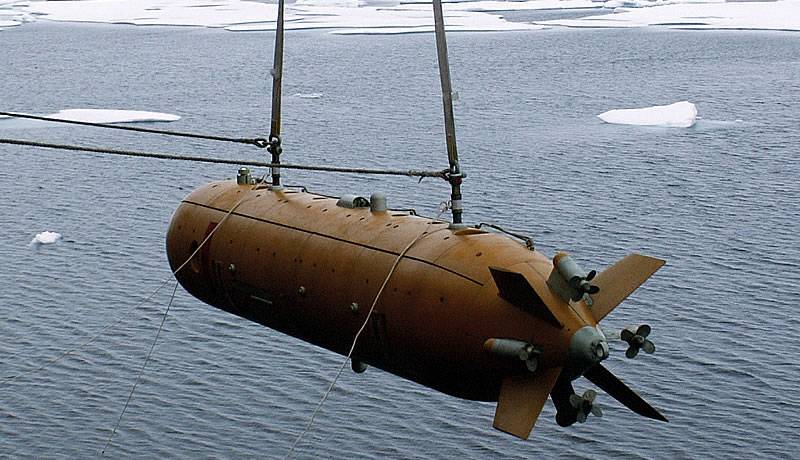
In recent years, the so-called autonomous uninhabited underwater vehicles (AUV). Such a technique is capable of solving a wide range of problems and therefore is of great interest to different organizations. Now in our country at several stages are several AUV projects, some of which are created by order and in the interests of the naval fleet.
"Harpsichord-1R"
Work on the topic of AUVs has been carried out in our country since the mid-seventies, and at the same time the first generation of such equipment was created. New developments began in the 1s, and by the end of the decade, real results were obtained. The first modern AUV in our fleet was the product "Harpsichord-XNUMX" developed by the Institute of Marine Technology Problems of the Far Eastern Branch of the Russian Academy of Sciences (IMPT FEB RAS).
The harpsichord-1R was a 5,8 m long device with a diameter of 900 mm and a mass of 2,5 tons. It had electric power with four running motors, which provided speeds of up to 2,9 knots. The device could dive to a depth of 6000 m and had a range of 300 km. Management was carried out by an autonomous navigation complex capable of communicating with a carrier vessel.
The main objective of this AUV was to survey the water area and the bottom using a side-scan sonar. Working in different modes, the SAC could inspect a strip 200 or 800 m wide. Also on board were a camera, water condition sensors, etc.
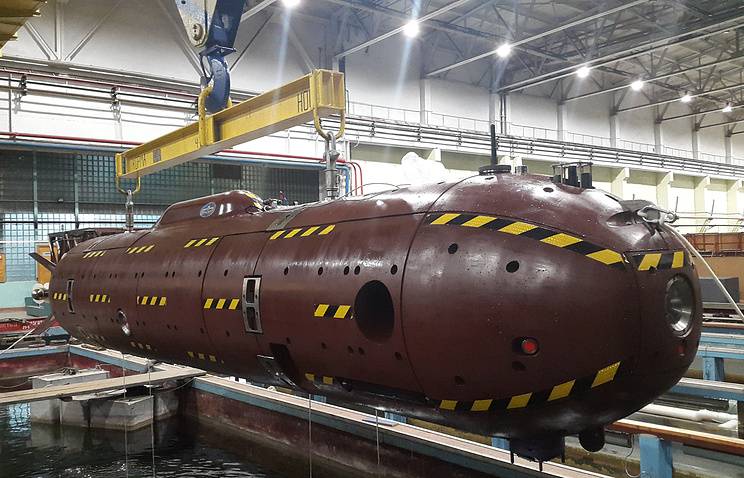
In 2008, the Harpsichord-1R successfully passed state tests, the platform for which were some areas of the Arctic and the Far East. It was also used in a real search operation. After completing the tests, the device was recommended for adoption. According to reports, the Russian Navy ordered three new AUVs, but detailed information on their operation is not available.
enlarged version
In 2009, the Ministry of Defense ordered the development of an improved version of the existing AUV, called the Harpsichord-2R-PM. Design was entrusted to IMPT FEB RAS and Central Design Bureau MT Rubin. The work took several years, and in 2016 two experimental devices were put to the test. Until the end of the year, they were tested in the pool, and then brought to the Black Sea.
It is known that the Harpsichord-2R-PM is larger and heavier than its predecessor. Its length increased to 6,5 m, diameter - up to 1 m. Mass - approx. 3,7 tons. The architecture of energy systems has not changed. The running and maneuverability characteristics may have remained the same or improved slightly.
It was reported that the new version of the "Harpsichord" is intended for the survey of water areas and the seabed. It follows from this that the sonar is again its payload. It also follows from the known data that the control systems with an autonomous operating mode are saved. However, details of this kind are still missing.
In the past, information appeared in the media about the possible deployment of the finished AUVs of a new type. It was alleged that they can be used together with carrier submarines - they will be the special-purpose submarines of projects 09787 and 09852. Later on, the harpsichord-2R-PM was about to enter the Navy’s armament.
Atomic "Poseidon"
For obvious reasons, the most popular interest was the ANA project “Status-6” or “Poseidon”. He proposes the construction of a multi-purpose autonomous apparatus capable of carrying a diverse payload - including high-power thermonuclear warhead.
According to known data, "Poseidon" has a diameter of 1,8 m and a length of approx. 20 m. The mass of the structure is up to 100 tons. The device received a nuclear power plant, providing a virtually unlimited cruising range. Some sources mentioned that the maximum speed would reach or exceed 100 knots, the depth of immersion - up to 1 km. The AUV must have a developed control system that ensures the fulfillment of all available tasks. He also needs a developed set of surveillance equipment, etc.
On board a multi-purpose AUV, various payloads can be installed. According to various estimates, it is possible to use a bow HOOK and a side-scan station. The device can be a "super torpedo" with a particularly powerful warhead or a carrier of mine-torpedo weapons. With the help of a different load, Poseidon will be able to conduct reconnaissance or identify and hit various targets. The most radical method of application involves the destruction of strategically important objects.
At the moment, the Poseidon project remains in its early stages, and a full-fledged prototype has not yet gone to sea. Not so long ago, the media reported on the production and testing of individual components and assemblies. A full launch of the AUV will take place only in the fall. In this case, its carrier will be the special nuclear submarine Belgorod, pr. 09852.
The prospects for the Status-6 / Poseidon project are still unclear, but it has attracted the attention of the military and specialists from all over the world. The potential capabilities of such an AUV, its value for the armed forces and its impact on the military-political situation in the world are discussed. Despite the mass of skeptical assessments, there are also serious concerns. Which point of view was closer to the truth will become known later, when the Poseidon reaches the Navy.
Change "Surrogate"
At the end of 2016, the Rubin Central Design Bureau of MT announced the initiative development of an AUV concept project with the Surrogate code. At that time, the bureau formed the general ideas for this project and conducted consultations with the customer represented by the Navy. To date, all work has been completed. The results of the work were transferred to the relevant organizations of the fleet. They have to evaluate the concept and decide its fate.
The Surrogate project offers AUVs with the function of simulating submarines. This product is approx. 17 m with a displacement of 40 tons with an electric power plant that provides acceleration to 24 knots and an economic speed of 5 knots with a range of 600 miles. Immersion depth - 600 m. Duration of work - up to 15-17 hours.
A variety of external antennas and towed devices must be placed on board the Surrogate. With their help, the AUV will be able to simulate the physical fields of a real submarine. Depending on the composition and mode of operation of such equipment, the device should replace a real nuclear submarine or diesel-electric submarine of one type or another. It is also possible to install other equipment, for example, for reconnaissance or mapping.
The main task of ANPA "Surrogate" is the replacement of real submarines in the exercises of anti-submarine forces. The appearance of such an apparatus will allow not involving real submarines in the work, which will simplify and reduce the cost of training activities. The risks for all participants in the maneuvers should also be reduced.
According to the latest news, "Surrogate" stopped at the stage of theoretical study, and his further fate depends on interest from the Navy. If the fleet wishes such a complex, the Central Design Bureau of MT Rubin will complete the project. In addition, in the past, the development organization did not rule out the possibility of foreign orders.
Promising direction
The current level of technology development allows you to create completely autonomous devices of various kinds, incl. designed to work underwater. Russian design organizations have been mastering this direction for a long time, which has already resulted in a wide range of various AUVs for various purposes. Some of these developments have already reached the acceptance for the supply of the Navy, while others are only preparing for this.
The current orders of the Russian Navy provide for the creation, construction and supply of vehicles for all major areas. Reconnaissance, multi-purpose and combat AUVs have already been received or are expected. So far, such equipment remains scarce, but its total number is gradually growing in accordance with the needs of the fleet. In the foreseeable future, with the completion of work on a number of important projects, the situation will change dramatically - the consequence of this will be the appearance in the ranks of both promising means of conducting underwater reconnaissance and fundamentally new systems for strategic nuclear forces.
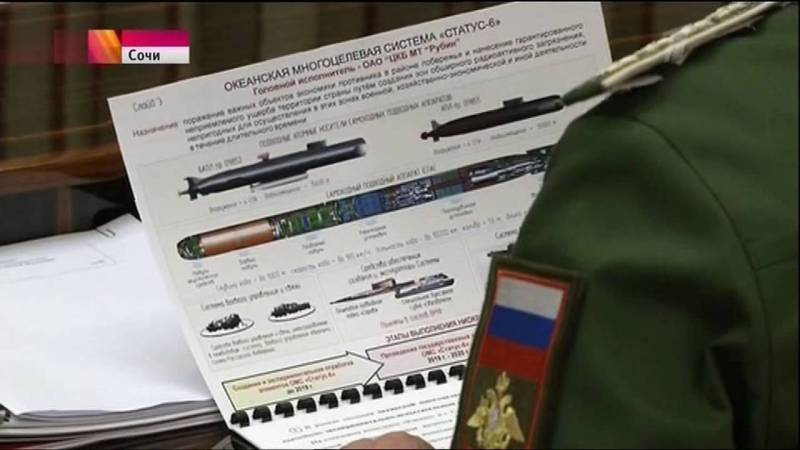
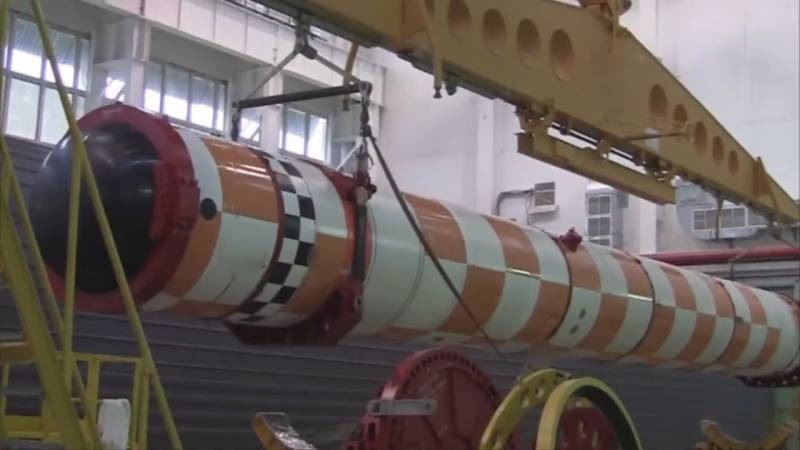
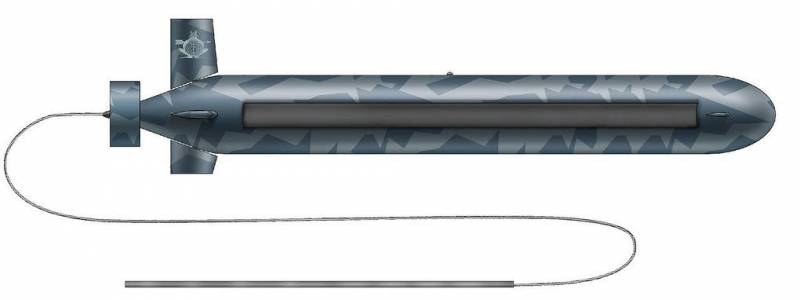
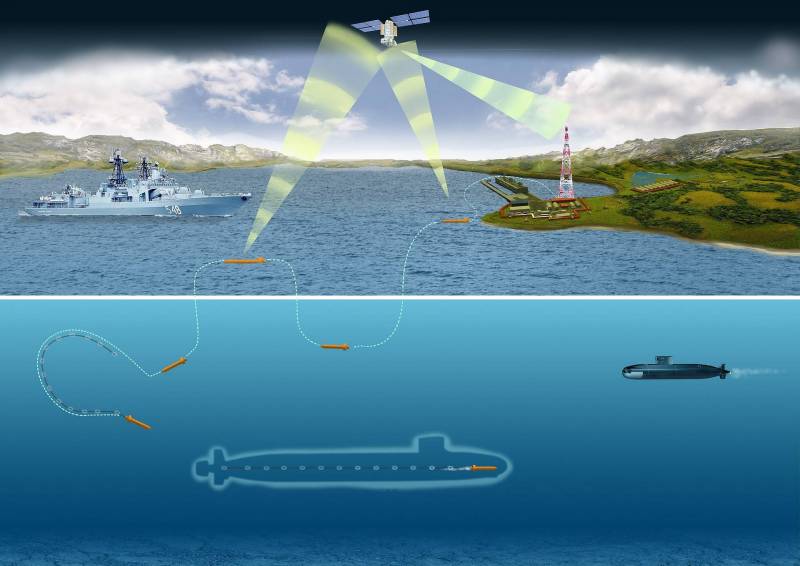
Information